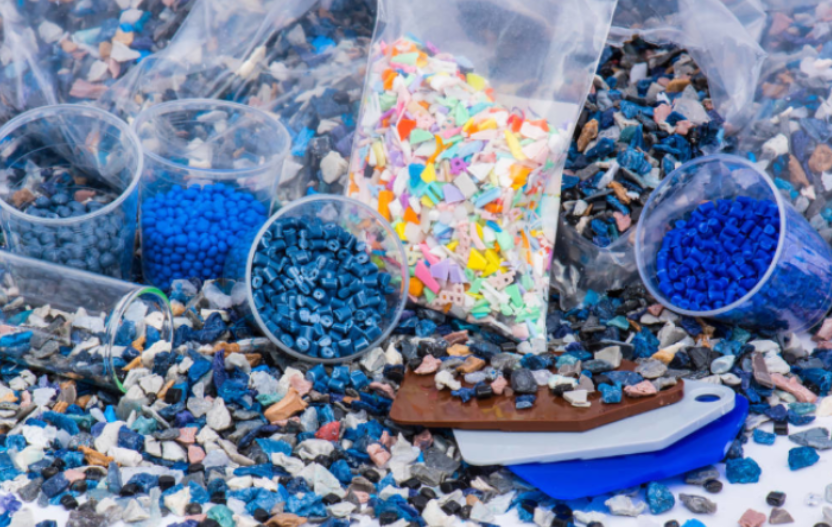October 26, 2024 – The global emphasis on sustainability has increasingly shone the spotlight on the application of recycled plastics within the plastics industry. Recently, in-depth discussions have arisen surrounding the utilization of recycled plastics and design for recyclability.

In the design-for-recyclability guidelines published by authoritative bodies such as APR, Recyclass, and the China Plastic Recycling Association’s Plastic Recycling Branch (CPRRA), the use of recycled plastics is explicitly listed as a preferred design choice. This encourages designers and producers of plastic products to incorporate more recycled plastics. This initiative not only promotes the ease of recyclability of plastic products but also aims to boost resource circularity through the production of high-quality recycled plastics.

Despite the industry consensus on using recycled plastics, practical applications still face a series of challenges, as AsiaMB understands. With the expansion of the recycling market, high-quality waste materials have become increasingly valuable. Recycling enterprises are willing to pay top dollar for cleaner, purer waste to produce premium products. However, products containing recycled plastics are often not regarded as high-quality waste during the recycling process or are separated out during sorting. This seemingly contradictory phenomenon is the current reality faced by the industry. Nonetheless, the sector generally believes that products with a certain proportion or 100% recycled plastic can also yield high-quality recycled products, pointing to a future trend.
The application of recycled plastics is further influenced by policies, technology, consumer perceptions, and prices. According to the “New Plastics Economy Global Commitment 2023” report, plastic manufacturers, packaging producers, retailers, and brands have made varying commitments to using post-consumer recycled (PCR) plastics, averaging around 26%. Although this represents an increase from 2018, the scaled application of recycled plastics in consumer products still requires continued market development. Notably, in mainland China, the use of rPET in food packaging remains restricted, and the application of other types of recycled plastics in food packaging is even more limited. In the automotive sector, the EU has proposed that newly approved vehicle types must contain at least 25% recycled plastic from post-consumer waste by 2031, with 25% of this material coming from end-of-life vehicles, posing a significant challenge for automakers.
Notably, the National Standards Commission has recently announced the 2024 third batch of recommended national standards and related foreign language versions. Among them, 11 standards pertain to recycled plastics, including two on design-for-recyclability. These are “Plastics – Guidelines for Design for Recyclability – Part 1: Polyethylene Terephthalate (PET) Materials” and “Plastics – Guidelines for Design for Recyclability – Part 2: High-Density Polyethylene (HDPE) Materials”. The formulation of these standards is crucial for enhancing the resource utilization efficiency, recycling quality, and extending the material lifecycle of PET and HDPE.
Design for recyclability remains a pivotal ongoing effort within the plastics industry, ensuring the generation of high-quality waste while reducing the cost and energy consumption of waste plastic processing, enhancing economic efficiency, and mitigating environmental pollution. As the scaled application of high-quality recycled plastics continues to expand, the significance of design for recyclability will become even more prominent, steering the plastics industry towards a greener and more sustainable path.














